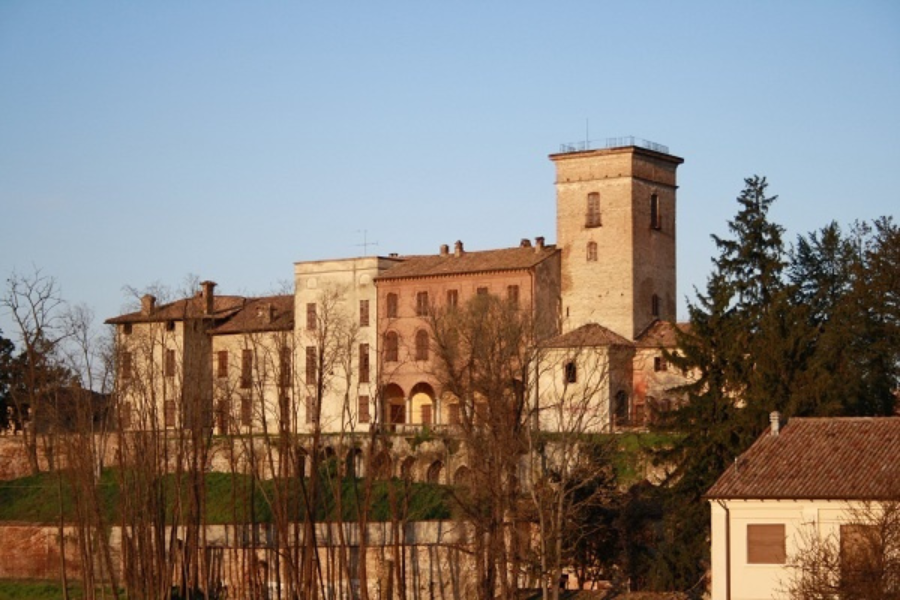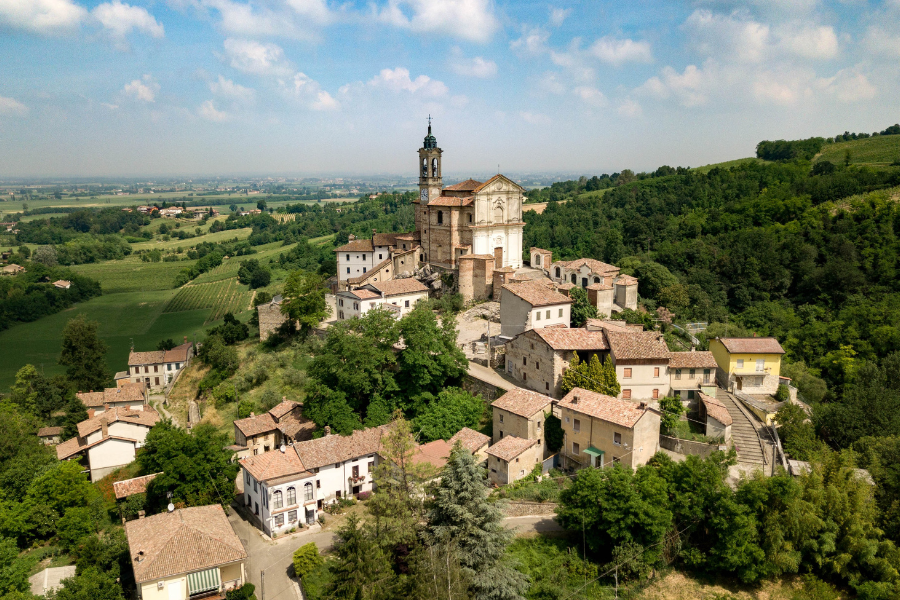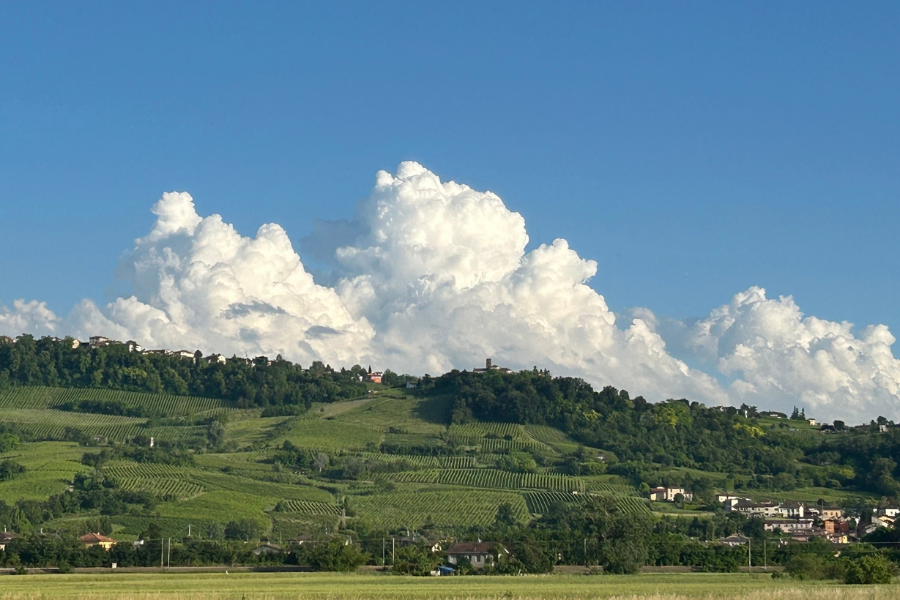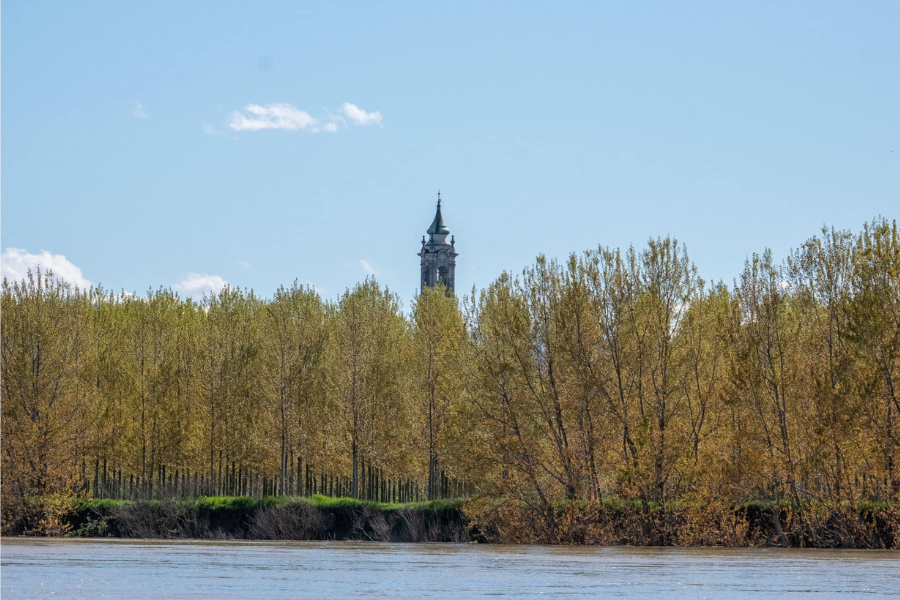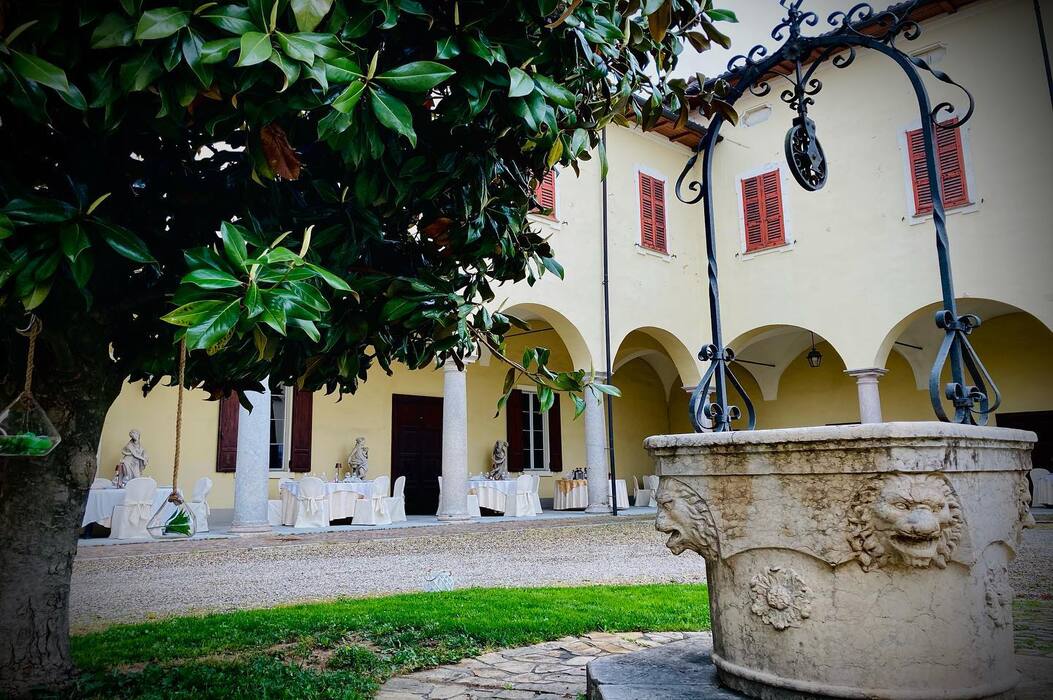Varzi: medieval pearl in the heart of Oltrepò Pavese

Hidden in the heart of the Oltrepò Pavese area, Varzi stands out as one of the most fascinating destinations for lovers of art and gastronomy. Listed among the most beautiful villages in Italy, it is a true medieval pearl that has always enchanted for its authenticity and cultural heritage.
Images from Varzi, what to see in the most beautiful medieval village in the Oltrepò Pavese area
History and Traditions
The name Varzi derives from the Ligurian root Var meaning torrent, testifying to the presence of ancient Ligurian populations in the area.
Archaeological finds, such as coins from Roman times, tell an ancient story that has been enriched over the centuries. Varzi, under Roman rule, was an important point of passage and commercial exchange.
However, it was in the Middle Ages that the village experienced its greatest splendour, becoming a crucial stop along the Via del Sale, an ancient trade route that connected the Po Valley to the Ligurian Sea.
Even today, the two volumes of the Statutes of Varzi dating back to 1320 are a precious testimony to the complex administrative and legal organisation that the village had.
In the 13th century, Varzi came under the control of the Malaspina family, one of the most powerful noble families in the region, which contributed to the economic and architectural development of the village, which has remained excellently preserved.
What to see in Varzi
The charm of the historic centre
To stroll through Varzi is to immerse oneself in an authentic medieval atmosphere. The cobbled lanes, arcades and historic buildings tell of times gone by. Among the most interesting buildings are the village gates that were once part of a defensive wall, the Capuchin church and the Malaspina Castle.
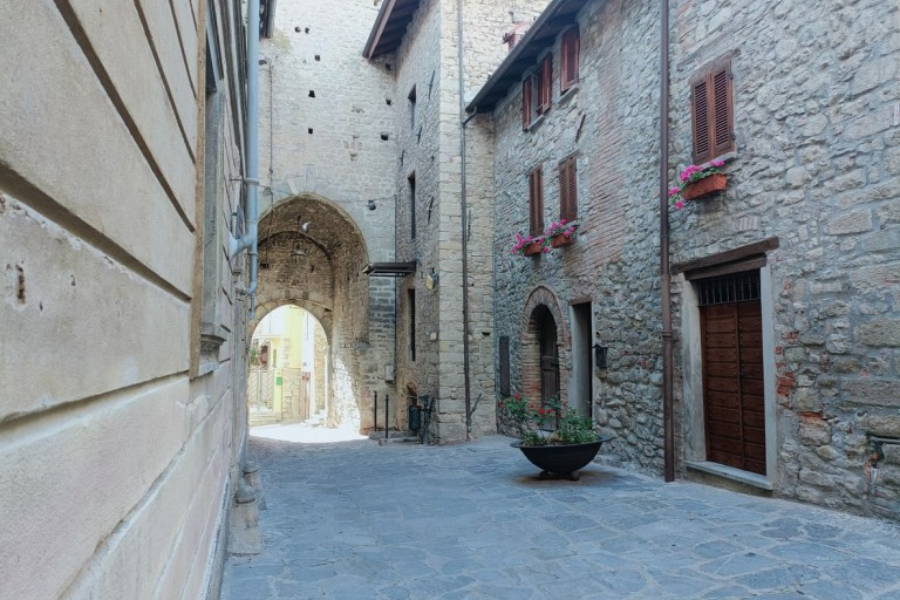
Image taken from Varzi, what to see in the most beautiful medieval village of Oltrepò Pavese
Church of the Capuchins
⛪TheCapuchin Church, dating from the 17th century, is an important point of interest.
The Romanesque style was later joined by Gothic. Inside, it houses numerous frescoes and works of sacred art.
Malaspina Palace
🏰The Malaspina Palace, located in the heart of the village, is an example of medieval stately architecture.
This historic building, once the residence of the noble Malaspina family, is now still the private residence of its direct descendants (the Odetti family), but it is partially open to the public as it hosts exhibitions, cultural events and guided tours, thanks to a major conservative restoration that lasted thirty years.
In particular, the Antiche Mangiatoie hall is usually used for conferences, while the Faustino Odetti Hall is used for receptions.
The Sala Donna Caterina and the Sala della Voliera constitute the part that corresponds to the oldest nucleus.
The private wing of the castle, on the other hand, dates back to the period between 1500 and 1700.
Malaspina Tower
The castle also has a tower, which, however, is owned by the local municipal administration.
It is the Malaspina Tower, also known as the Witches’ Tower, and dates back to the 13th century.
The building’s four rooms served as a prison. It is said that men and women accused of witchcraft were locked up here.
In the village of Varzi there are two other ancient towers:
- the Tower of Porta Sottana .
It is square in plan, measuring approximately 5.5 m on each side and 20 m high. It is divided into four above-ground storeys.
At the base is a pedestrian and vehicular subway with a masonry barrel vault supported by two pointed arches.
It was built in the second half of the 13th century.
- the Torre di Porta Soprana, also known as the Clock Tower because it was raised in the 19th century to house the bell of the public clock.
Traders wishing to enter the village had to pay duties from one of the two entrance gates.
Mangini Palace
This noble residence from the end of the 13th century is located adjacent to Porta Sottana and consists of a three-storey Art Nouveau manor house, a courtyard, a terrace overlooking the Staffora stream, a garden with poplars and cypresses and the former stable on the south side.
Typical products and gastronomic traditions
The Varzi Salami
One cannot talk about Varzi without mentioning its most famous product: Salame di Varzi PDO. considered one of the best sausages in Italy.
Its unique flavour is the result of craftsmanship handed down from generation to generation. Visitors can taste and buy the salami at numerous shops and delicatessens in the village.
In addition to salami, the village offers a rich variety of traditional local products: almond cake, mushrooms, truffles, cow and goat cheeses, and wines.
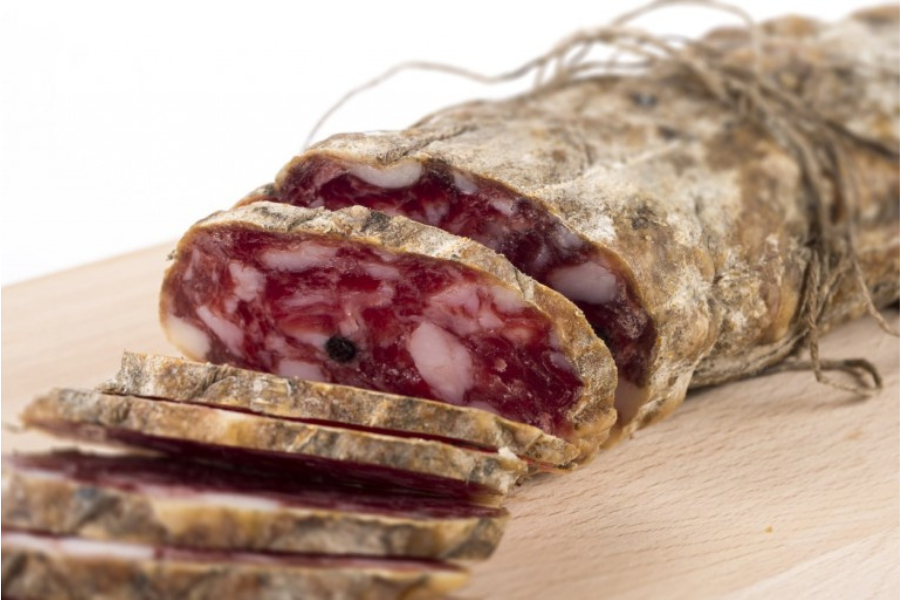
Images from Varzi, what to see in the most beautiful medieval village in the Oltrepò Pavese area
What to do in Varzi
Events and Events
Varzi is a lively and dynamic village, with numerous events and manifestations that enliven the town throughout the year and attract visitors from all over.
These include Varzi in Fiera, in spring, the ‘Festa del Salame di Varzi’ (Varzi Salami Festival) in June, or, on the music front, the Varzi Festival concerts 🎤, then the Festa Patronale di San Giorgio (Patron Saint George Festival) with a procession through the village streets, and the Medieval Festival.
A recurring event is the Antiques Market held every Sunday from the beginning of May to the end of September.
Varzi Viva Cultural Association
The Varzi Viva Cultural Association is actively involved in recovering, safeguarding and enhancing the cultural heritage of the village of Varzi. It organises numerous events, visits, art meetings, conferences and publications aimed at delving into local history, combining culture, art, music, the environment and traditional food and wine.
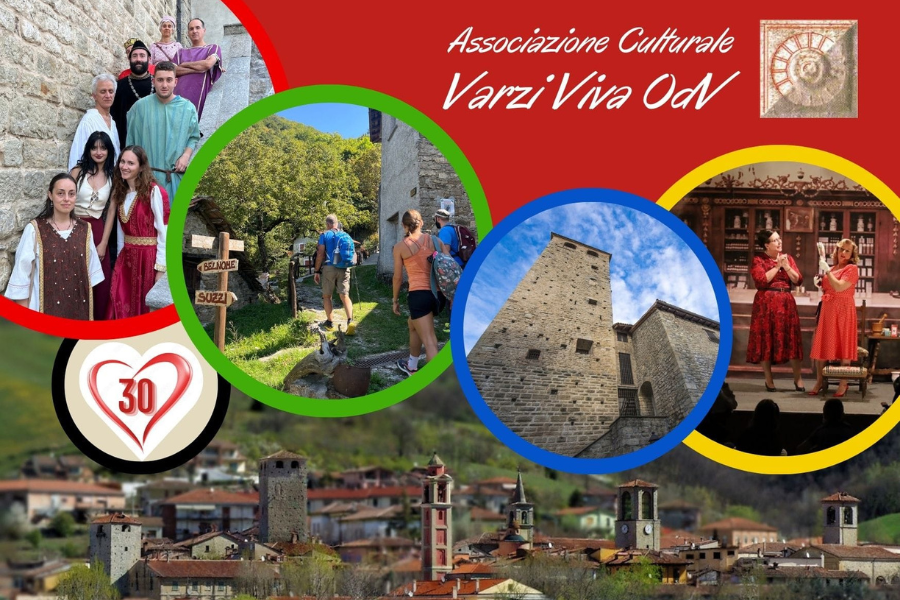
Image taken from the Facebook page Varzi Viva Odv
How to reach Varzi
Varzi is about 70 km from Pavia and can be reached by car along the SS461.
ℹ️Per visitors, the tourist information centre is located in Via Spagnolo, while the Municipality is in Piazza della Fiera.
Varzi is a village that leads to the discovery of truly charming corners made up of old stone houses with flowered windows and balconies, craft workshops and small restaurants offering traditional local dishes.
A nice plunge into the past in this part of the Alto Oltrepò, where time seems to stand still.
It is the perfect out-of-town excursion for everyone: for history buffs, lovers of good food or simply for those looking for a place to relax.

 Save your favorite events
Save your favorite events




